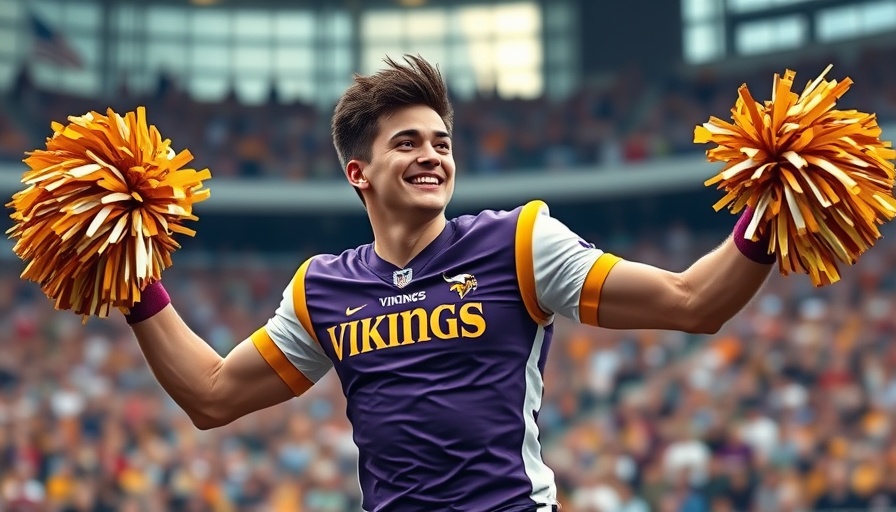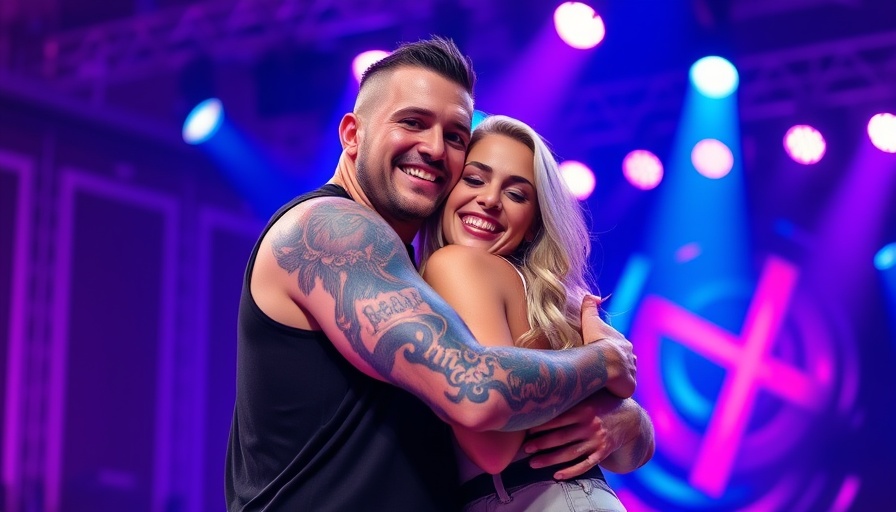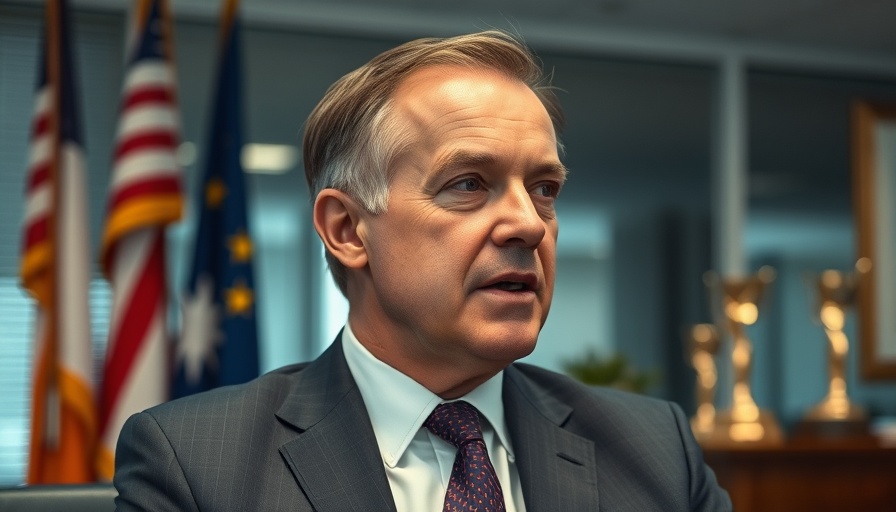
Gender Dynamics in Sports: A New Frontier
The recent incident where male cheerleaders from the Minnesota Vikings were seen in the same bathroom as their female counterparts has ignited fervent discussion across social media platforms. A TikTok video capturing this moment features Blaze Shiek and Louie Conn—a pair of male cheerleaders—dancing alongside women in a bathroom setting, prompting intense reactions from fans and critics alike.
The Social Media Backlash and Its Implications
Sharing this video sparked a cascade of reactions that go beyond mere humor; it raises profound questions about gender norms, inclusivity, and the evolving role of cheerleaders in professional sports. The public's response ranges from support for breaking traditional barriers to concerns about privacy and safety in such shared environments. Supporters argue that this openness demonstrates a progressive step towards gender equality in sports, while opponents raise valid concerns regarding the implications for female athletes and fans.
The Wider Conversation on Gender Issues in Sports
This incident is emblematic of a larger cultural shift across industries, particularly in sports, where gender roles and identities are increasingly scrutinized. The phenomenon of male cheerleaders has gained traction in recent years, with professional teams acknowledging the contributions of all performers—regardless of gender. This kind of inclusion mirrors broader trends in society aimed at dismantling outdated stereotypes.
Public Reaction: A Complex Landscape
As with many cultural debates, public opinion is divided. Social media platforms have transformed into battlegrounds for expressing concerns and support for inclusivity within sports. Proponents celebrate the Vikings' decision to employ male cheerleaders as a sign of advancing gender equality and recognition. In contrast, critics who advocate for traditional gender distinctions voice fears over the implications this has for privacy and safety in shared spaces.
Historical Context: The Evolution of Cheerleading
Scholars note that the role of cheerleading has undergone significant changes since its inception in the early 20th century, evolving from an all-male activity into a predominantly female endeavor, before gradually re-embracing men. The inclusion of male cheerleaders can be seen as an attempt to honor both tradition and modern values. This reflects a broader societal shift that is actively questioning outdated norms.
Future Predictions: What Lies Ahead for Sports and Gender Inclusivity?
Looking ahead, the increased visibility of male cheerleaders may pave the way for more inclusive practices not just within cheerleading, but also in other sectors of sports. As acceptance continues to grow, more teams might follow the Vikings' example, which could empower other organizations to reevaluate their strategies around gender representation and performance roles.
Conclusion: A Call for Constructive Dialogue
As the lines between traditional gender roles continue to blur, it is crucial to engage in thoughtful conversations surrounding these changes. This event raises questions not only about cheerleading but also about broader issues of gender identity in sports and society. Encouraging diverse and constructive dialogues about these topics can lead to deeper understanding and acceptance.
The incident at the Vikings' routine reminds us of the ongoing changes regarding gender representation in public spaces. Join the conversation by exploring multiple perspectives, and reflect on the evolving dynamics of gender inclusivity.
 Add Element
Add Element  Add Row
Add Row 



Write A Comment